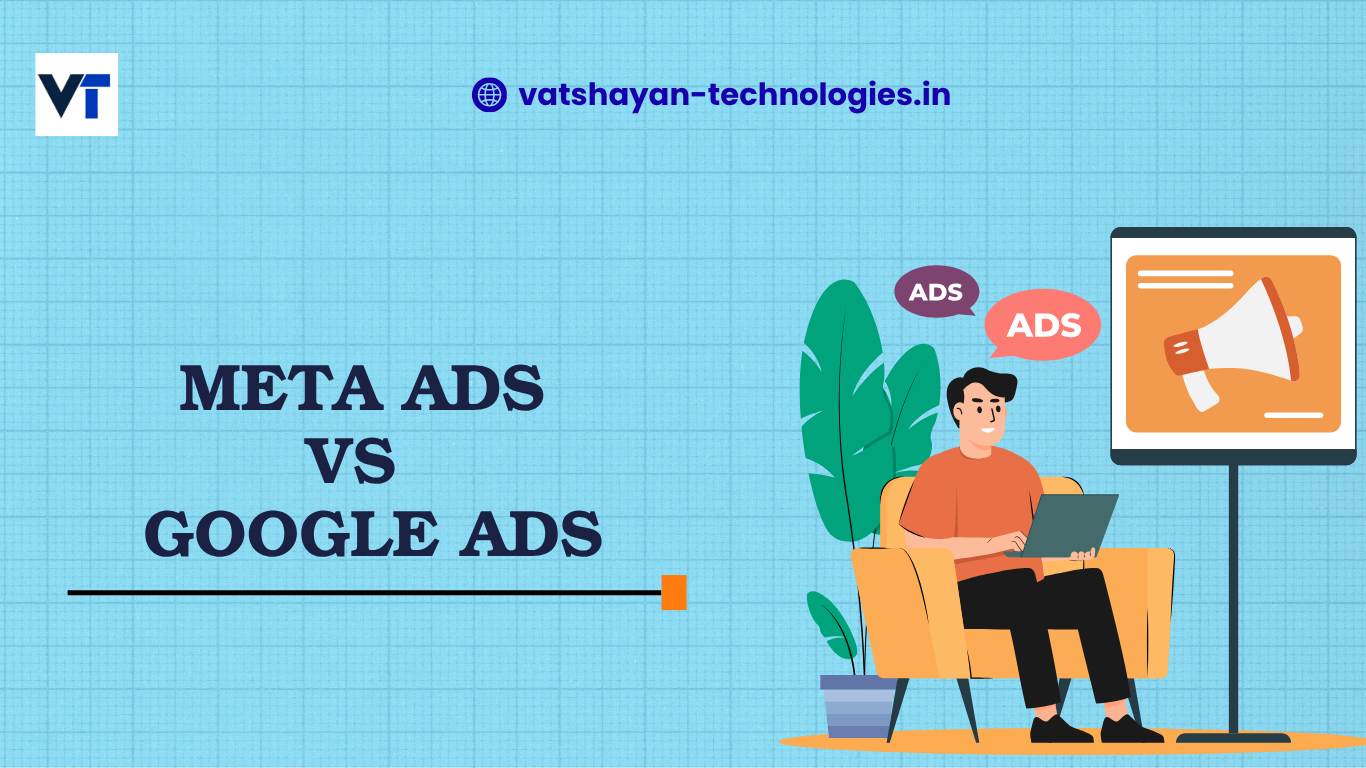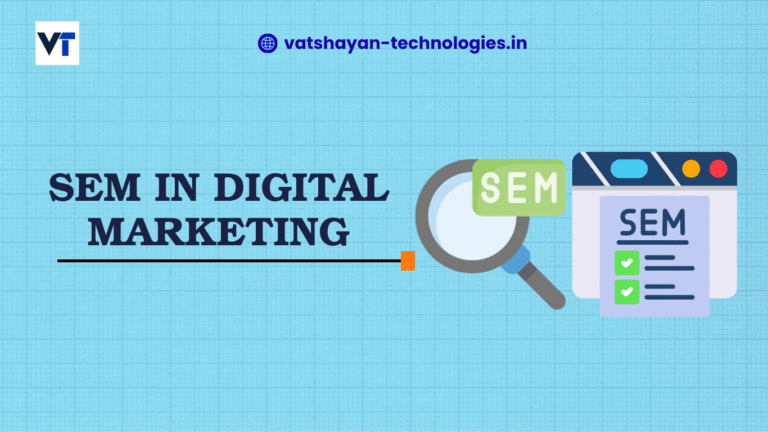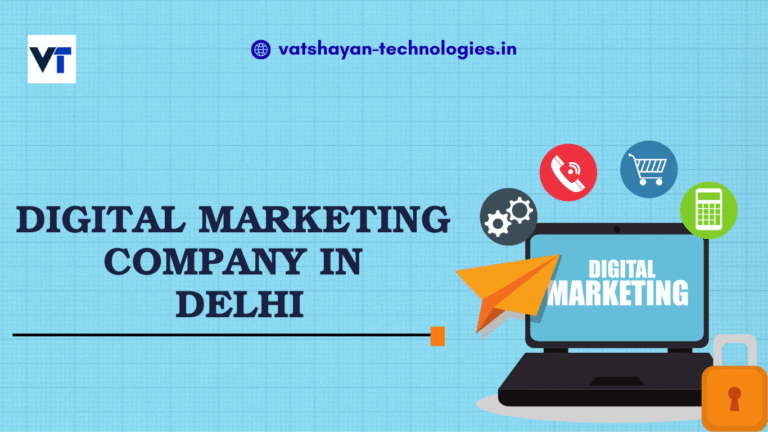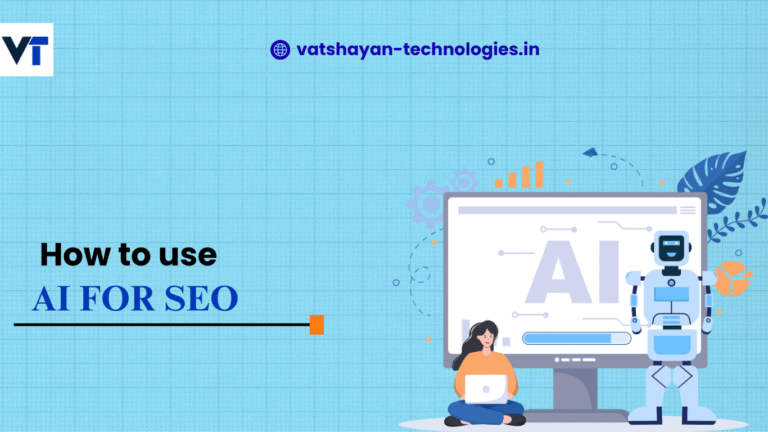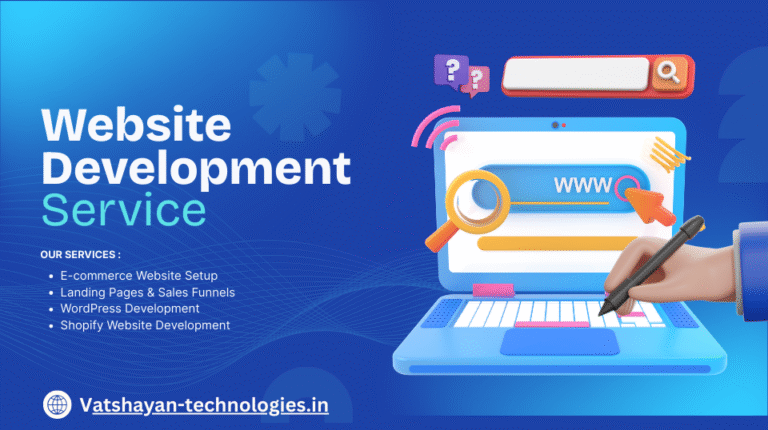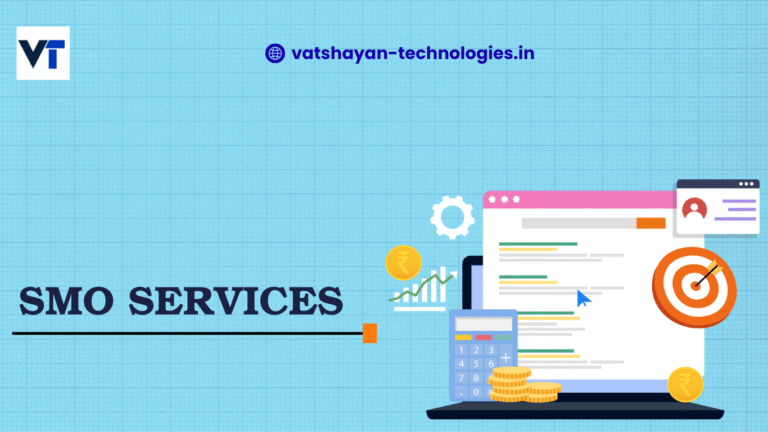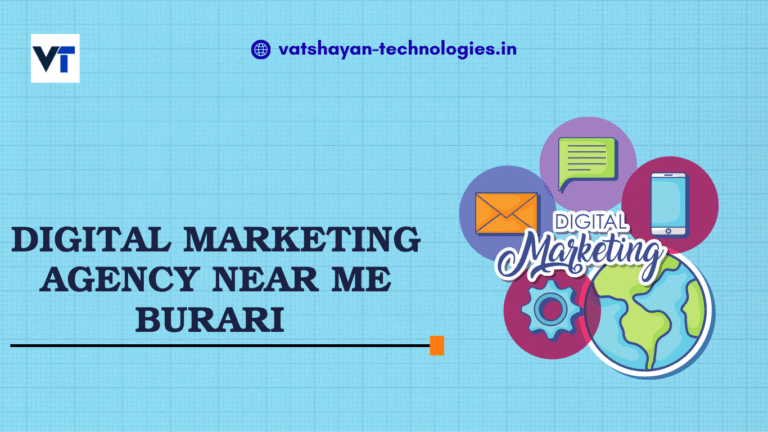Meta Ads & Google Ads: A Complete Guide for Maximum ROI
Meta Ads vs Google Ads
In today’s digital-first world, businesses cannot rely on organic reach alone. Whether you run a small local shop or a global e-commerce brand, paid advertising is now one of the fastest ways to scale. Two of the most powerful platforms dominating online advertising are Meta Ads (Facebook & Instagram Ads) and Google Ads.
Both platforms offer unique benefits, but the real challenge for marketers is to understand which one to use—or better yet, how to use both together for maximum ROI (Return on Investment).
This detailed guide will help you understand how Meta Ads and Google Ads work, their differences, and strategies to get the best results.
What Are Meta Ads?
Meta Ads are digital advertisements that run across Facebook, Instagram, Messenger, and Audience Network. Meta (formerly Facebook) is home to billions of users, making it a perfect place to build brand awareness and engage with potential customers.
Key Advantages of Meta Ads
-
Precise Audience Targeting – You can target users by demographics, location, interests, and even behaviors.
-
Visual-First Approach – Ads can be created in the form of videos, images, carousels, or reels.
-
Affordable Brand Awareness – Great for reaching new people at a lower cost compared to some other platforms.
-
Custom & Lookalike Audiences – Helps you target people who are similar to your existing customers.
Meta Ads are most effective for brand awareness, customer engagement, and nurturing leads.
What Are Google Ads?
Google Ads is Google’s paid advertising platform where businesses can place ads across Google Search, YouTube, Display Network, and Gmail. Since billions of people use Google daily to find solutions, this makes it a powerful channel for reaching customers at the right moment.
Key Advantages of Google Ads
-
Search Intent Marketing – Ads appear when people are actively searching for your product/service.
-
Wide Ad Formats – From text search ads and shopping ads to YouTube video campaigns.
-
Pay-Per-Click (PPC) – You only pay when a user clicks your ad, ensuring better budget control.
-
High Conversion Potential – Users on Google are already interested, so conversion chances are higher.
Google Ads are most effective for lead generation, sales, and quick conversions.
Meta Ads vs Google Ads: The Key Differences
| Factor | Meta Ads (Facebook/Instagram) | Google Ads (Search & Display) |
|---|---|---|
| User Intent | Disruptive marketing – Ads appear while browsing | High intent – Ads show when users search actively |
| Best For | Awareness, engagement, brand building | Conversions, leads, sales |
| Ad Types | Video, image, carousel, story, reel | Text, search, display, shopping, video |
| Cost | CPM (Cost per 1000 impressions) & CPC | CPC (Cost per Click) or CPA (Cost per Acquisition) |
| Targeting Method | Interests, behaviors, demographics | Keywords, audience lists, demographics |
| Learning Curve | Beginner-friendly | Requires keyword & bidding expertise |
Quick Tip: If your business wants awareness, start with Meta Ads. If you need immediate conversions, Google Ads is more effective.
When to Choose Meta Ads Over Google Ads
-
Launching a new brand/product – To reach a wide audience quickly.
-
Building community or engagement – Perfect for e-commerce brands and influencers.
-
Visual storytelling – Businesses that can showcase their products through videos/images.
-
Targeting specific interests – Example: Fitness products targeting gym-goers.
When to Choose Google Ads Over Meta Ads
-
Local service providers – Plumbers, electricians, doctors, or lawyers who need immediate leads.
-
High-intent businesses – Like “buy shoes online” or “book hotels in Delhi.”
-
E-commerce stores – Google Shopping ads boost quick sales.
-
Competitive industries – Finance, insurance, SaaS products, where users search before buying.
How to Maximize ROI with Meta Ads
Meta Ads are powerful, but only if executed strategically. Here’s how to make the most out of them:
-
Define Your Goal Clearly
Whether it’s website traffic, leads, or awareness, pick the right campaign objective. -
Leverage Visual Creativity
Use short videos, reels, carousels, and lifestyle images. Ads with engaging visuals get more clicks. -
Smart Audience Targeting
Start with custom audiences (website visitors, past buyers) and expand using lookalike audiences. -
Install Meta Pixel
This allows you to track users, retarget them, and optimize for conversions. -
Run Retargeting Campaigns
Example: If someone adds a product to their cart but doesn’t buy, show them a special discount ad later.
How to Maximize ROI with Google Ads
Google Ads requires precision. To avoid wasted ad spend, focus on these strategies:
-
Keyword Research is Crucial
Target high-intent keywords like “buy,” “hire,” or “near me” searches. -
Write Compelling Ad Copy
Include benefits, urgency, and a clear CTA (Call-to-Action). Example: “Book Your Free Consultation Today.” -
Optimize Landing Pages
A fast, mobile-friendly, and persuasive landing page is essential. Otherwise, you’ll lose conversions. -
Use Negative Keywords
Exclude irrelevant searches to avoid wasted budget. -
Experiment with Bidding Strategies
Start with manual CPC and then move to automated strategies like Target ROAS.
Using Meta Ads vs Google Ads Together for the Highest ROI
When it comes to digital growth, the most astute brands are aware that the ultimate strength comes from using both platforms together. Rather than deciding between Meta Ads vs Google Ads, successful business owners strategically utilize both to own each phase of the marketing funnel.
Here’s how to effectively use Meta Ads vs Google Ads together:
Step 1: Capture Intent with Google Ads – Leverage search campaigns to reach high-intent customers actively searching for your products or services.
Step 2: Retarget with Meta Ads – Re-target visitors on Facebook and Instagram using visually compelling and convincing ads.
Step 3: Build Awareness with Meta Ads – Target a cold audience, raise visibility, and solidify your brand presence.
Step 4: Convert with Google Shopping Ads – Retarget users when they search again using optimized product ads and drive conversions.
This Meta Ads vs Google Ads connection guarantees you never miss out on potential customers and keep generating higher ROI through all touchpoints.
Real-Life Example
Imagine you run an online skincare store:
-
A customer searches “best face cream for dry skin” on Google. Your ad appears, and they visit your website but don’t purchase.
-
Later, while scrolling Instagram, they see your retargeting ad with a special discount.
-
They click the ad, return to your site, and complete the purchase.
This is how Google Ads + Meta Ads together create a full-funnel strategy.
Common Mistakes to Avoid
-
Running campaigns without clear KPIs.
-
Not tracking conversions with Google Analytics and Meta Pixel.
-
Targeting too broadly or too narrowly.
-
Ignoring A/B testing (different creatives & ad copies).
-
Failing to optimize for mobile.
Future of Meta Ads vs Google Ads: Artificial Intelligence Revolution in Digital Advertising
The future of Meta Ads vs Google Ads is characterized by automation and artificial intelligence. Both systems are getting intelligent, with Google’s Performance Max campaigns leveraging AI to enhance targeting and bidding, while Meta’s Advantage+ Shopping campaigns tailor ads for improved audience targeting.
In the modern digital era, the Meta Ads vs Google Ads difference reflects how artificial intelligence is transforming advertising into a more personalized, data-driven experience. Meta Ads are great at customer engagement and brand building, whereas Google Ads are unparalleled in reaching high-intent buyers ready to convert.
For optimum performance, companies shouldn’t have to decide between the two. Instead, use both—Google Ads to attract demand and Meta Ads to retain and nurture customers. Mastering the equilibrium of Meta Ads vs Google Ads will help brands maximize ROI and get ahead in the dynamic digital space.
Contact Vatshayan Technologies today for expert ad management and maximum ROI.”

